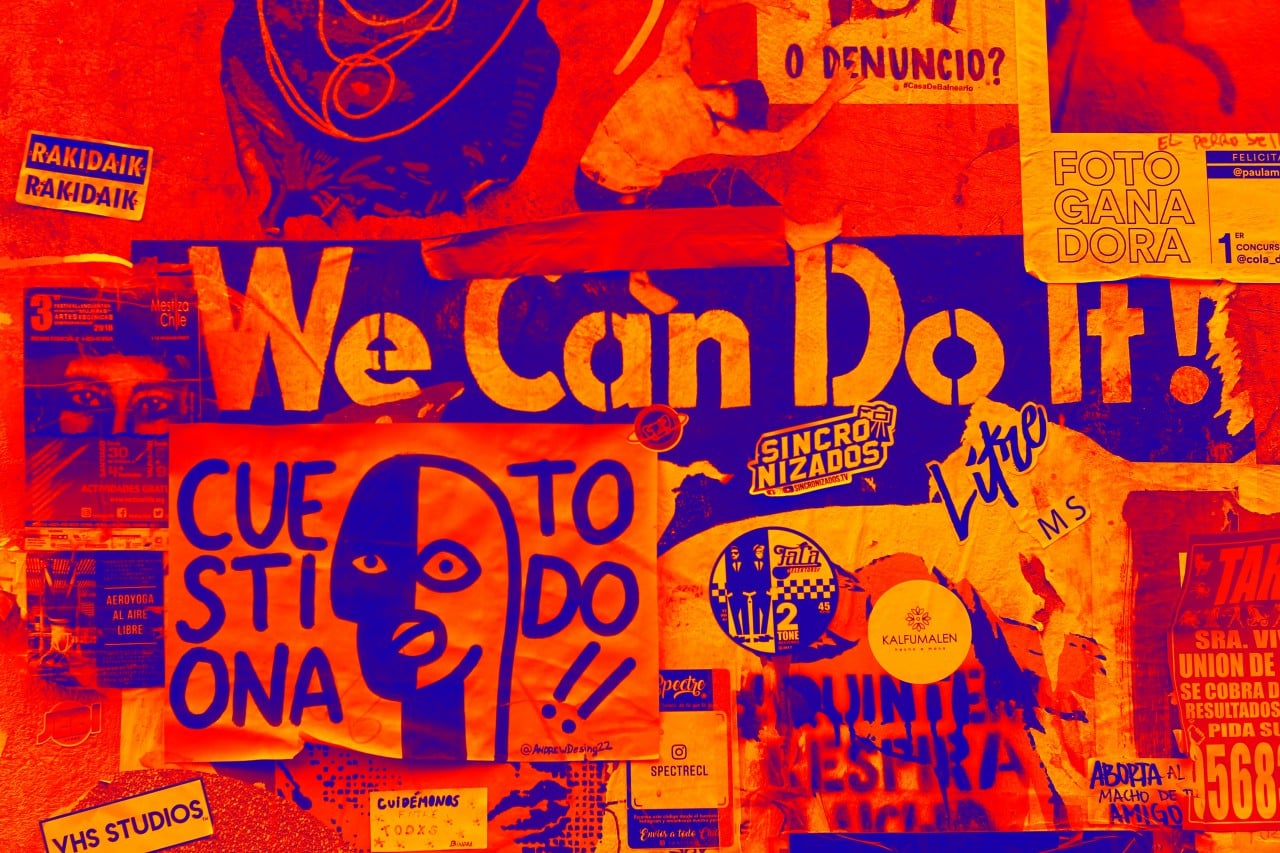America’s Polypharmacy Epidemic

Sue Dhillon is an Indian American writer, journalist, and trainer.
AMERICA’S POLYPHARMACY EPIDEMIC.
America’s polypharmacy epidemic is very real. What exactly is polypharmacy? Polypharmacy is defined as – the simultaneous use of multiple drugs by a single patient for one or more conditions.
If you know an elderly person living in the western world then it is likely that person is medicating, potentially heavily and essentially over medicating.
When a doctor prescribes a medication, a bandaid of sorts for an ailment it is very likely you may end up taking it for the rest of your life.
Seldom do doctors prescribe a medication and offer up a voluntary reprimand of the meds. It’s ultimately up to you, the patient to follow up and say, “Hey Doc. Can I stop taking that drug now?”
The general rule of thumb is they give it to you and you become addicted or dependent, same thing really.
PHARMACEUTICAL INDUSTRIES
To give you a broader perspective of America’s polypharmacy epidemic consider the following facts.
In 2020 the pharmaceutical industry was said to be worth upwards of 1.27 trillion dollars. That’s a lot of prescription meds. While this is a global number – the U.S. alone takes a good nearly half the bulk of that being estimated at 405.52 billion dollars. So it’s not far fetched for us to clearly see we as a nation are overmedicated, more so than any other nation.
The numbers are quite staggering suggesting that at least 70% of Americans are on at least one prescription medication. This boils down to three quarters of the nation being dependent on one or more prescription drug. Now that is an astounding figure if I’ve ever heard one.
An even scarier number suggests that 57% of those are being treated for mental health disorders with anti-depressants.
If this is does not say something about the culture we live in then I’m not sure what to make of this all. It’s troubling to know that a large number of American’s are depressed, have anxiety and are reliant on a pill to fix their depression. Rather than a prescription of nature, meditation, exercise, music, crafts, hobbies, reading, writing, i.e. whatever else could actually tickle your fancy rather than just taunt it. Benefits of meditation and why we meditate.
BONUSES FOR DOCTORS
Now let it not be missed upon us that doctors are paid in some way shape or form by the pharmaceutical industry at large. According to CBS news – “About half of U.S. doctors received payments from the pharmaceutical and medical device industries in 2015, amounting to $2.4 billion, a new study reports. Those payments and gifts very likely encourage doctors to prescribe pricey brand-name drugs and devices pushed by sales representatives, a second study argues.”
LEARN ABOUT THE POTENTIALLY HARMFUL SIDE EFFECTS
Knowing exactly what you’re taking and getting could potentially aid in dropping some of these astronomical numbers. The onus is upon us to do our due diligence and have a clear understanding of the harmful side effects of what we ingest.
Doctors will seldom tell you, but just expect you to read the fine print. However many of us skip that altogether. While in the intermediary beginning phases perhaps the bandaid is giving you momentary relief, but what about the long term side effects?
Most prescription pills are not without side effects and many promise to give you other ailments down the road. A fairly critical fact that your doctor may just skip out on altogether.
Learn more about this. Get a second opinion. Ask a lot of questions. Ask the pharmacist who prescribes it. The good news is if we educate ourselves and ask then they generally will give us the information.
GET INVOLVED/CALL THEIR DOCTOR
If this is someone close to you then perhaps you can do something. We are so busy with all that is required of us in life that some of this falls through the cracks. If you are taking care of an elderly loved one then it is necessary to know exactly what ailments this person has and what prescriptions drugs are being prescribed for what condition.
Many times what happens is they are given a prescription with zero follow up from the doctor and they end up taking a medication with harmful side effects far longer than they need.
Again remember – prescription pills are generally not a cure, but a bandaid that helps alleviate symptoms.
For example – cholesterol medication doesn’t cure you of high cholesterol it just maintains it. Instead of prescription pills the doctor can suggest you have less fried and salty foods to actually bring down your cholesterol in a natural way, but that is seldom the case.
A rare antibiotic – can cure you of an infection or something along those lines, but more times than not, it’s just an avenue of alleviating symptoms.


